
Beginning an exercise routine when you are obese can be challenging, but that shouldn’t deter you from getting started!
No matter what your age, it’s important to approach your goals with patience, consistency, and a focus on your overall well-being.
Here are 12 steps to help you start exercising if you’re an older adult dealing with obesity.
1. Talk to Your Doctor  Photo Credit: Depositphotos
Photo Credit: Depositphotos
Before beginning any exercise program, consult your doctor or a healthcare professional, especially if you have any underlying health conditions or concerns. They can provide guidance tailored to your specific needs and limitations.
2. Start Slow 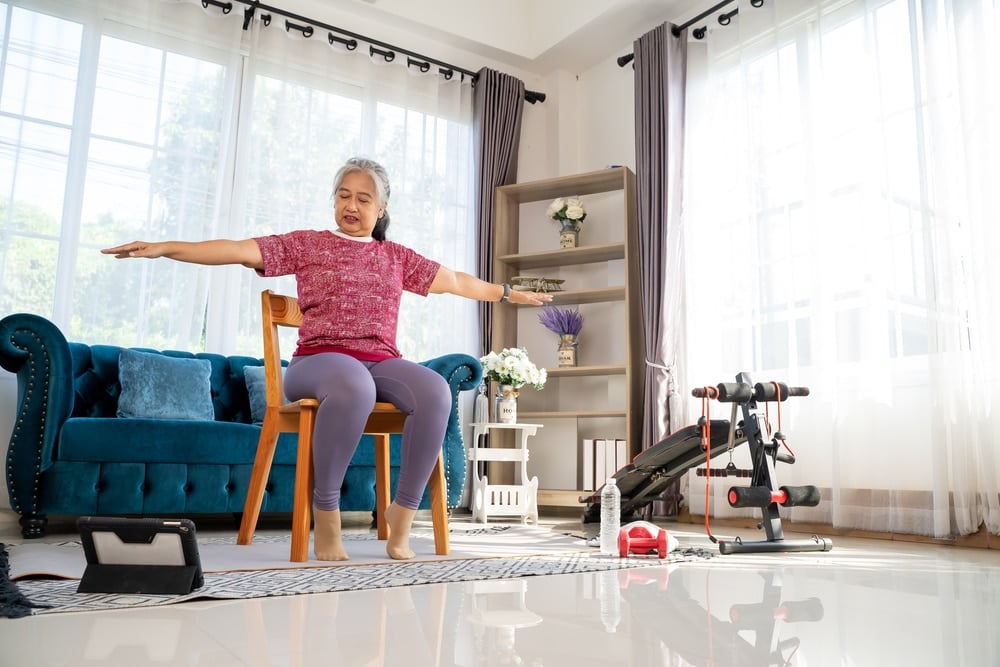 Photo Credit: Shutterstock
Photo Credit: Shutterstock
This is the MOST important! Don’t overdo it on day one. You will likely become discouraged, sore, and possibly even injured.
Begin with low-impact exercises that are gentle on your joints, such as walking, swimming, or cycling. Start with short durations, even as little as 10 minutes a day, and gradually increase the time as your endurance improves.
3. Set Realistic Goals  Photo Credit: Shutterstock
Photo Credit: Shutterstock
Set achievable, realistic, and specific goals. Set goals about consistent movement, not just weight loss!
Instead of aiming for significant weight loss at the start, focus on creating healthy exercise habits. Goals like walking for 10-15 minutes a day or reducing sedentary time can be a good start. Keep track of your daily activity and progress.
4. Find Activities You Enjoy 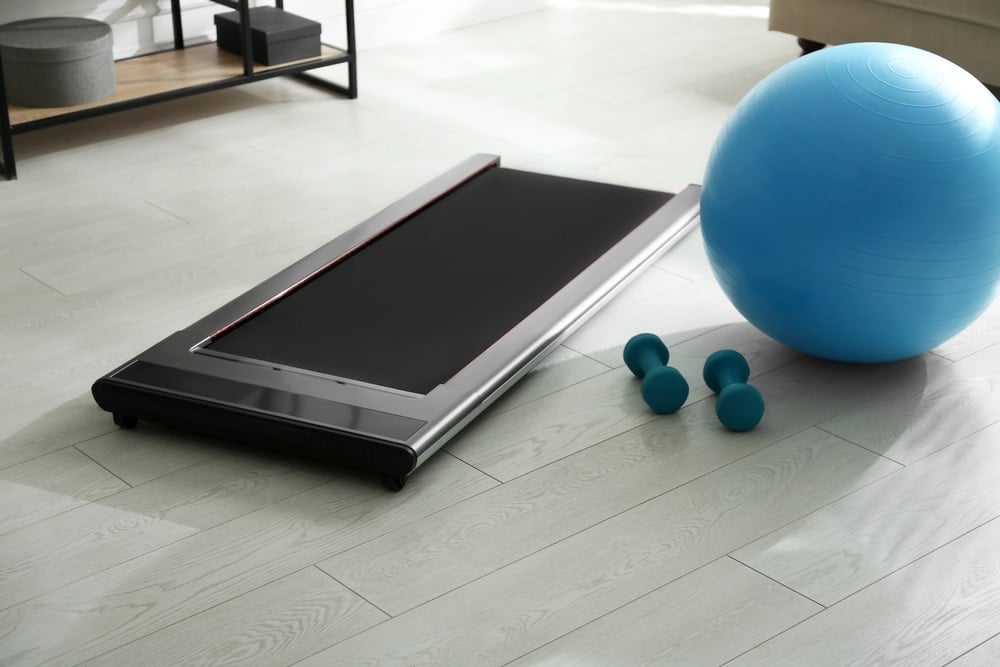 Photo Credit: Shutterstock
Photo Credit: Shutterstock
Look for activities you enjoy doing. Whether dancing, walking, biking, or playing a sport, finding something you like increases the likelihood of sticking with it in the long run!
If you hate the exercise you choose, you won’t stick with it. There is no one right form of exercise; you need to think about what YOU like.
5. Consider Support  Photo Credit: Shutterstock
Photo Credit: Shutterstock
Exercise with a friend or family member, or consider joining a support group. Having someone to exercise with can provide motivation and make the experience more enjoyable.
You can also find an accountability partner — someone who will check in with you daily to give you encouragement and support.
6. Modify Your Diet  Photo Credit: Shutterstock
Photo Credit: Shutterstock
While exercise is important, weight loss is also significantly influenced by diet. (You can’t out-train a bad diet!)
No matter how you slice it, it’s calories in vs. calories out. Of course, the type of calories matters, so start eliminating processed foods and try to eat real foods like fruits and veggies.
Don’t change everything at once, but be mindful and focused. You can also consult a nutritionist or dietitian to create a balanced meal plan that supports your exercise routine and overall health goals.
7. Focus on Strength Training 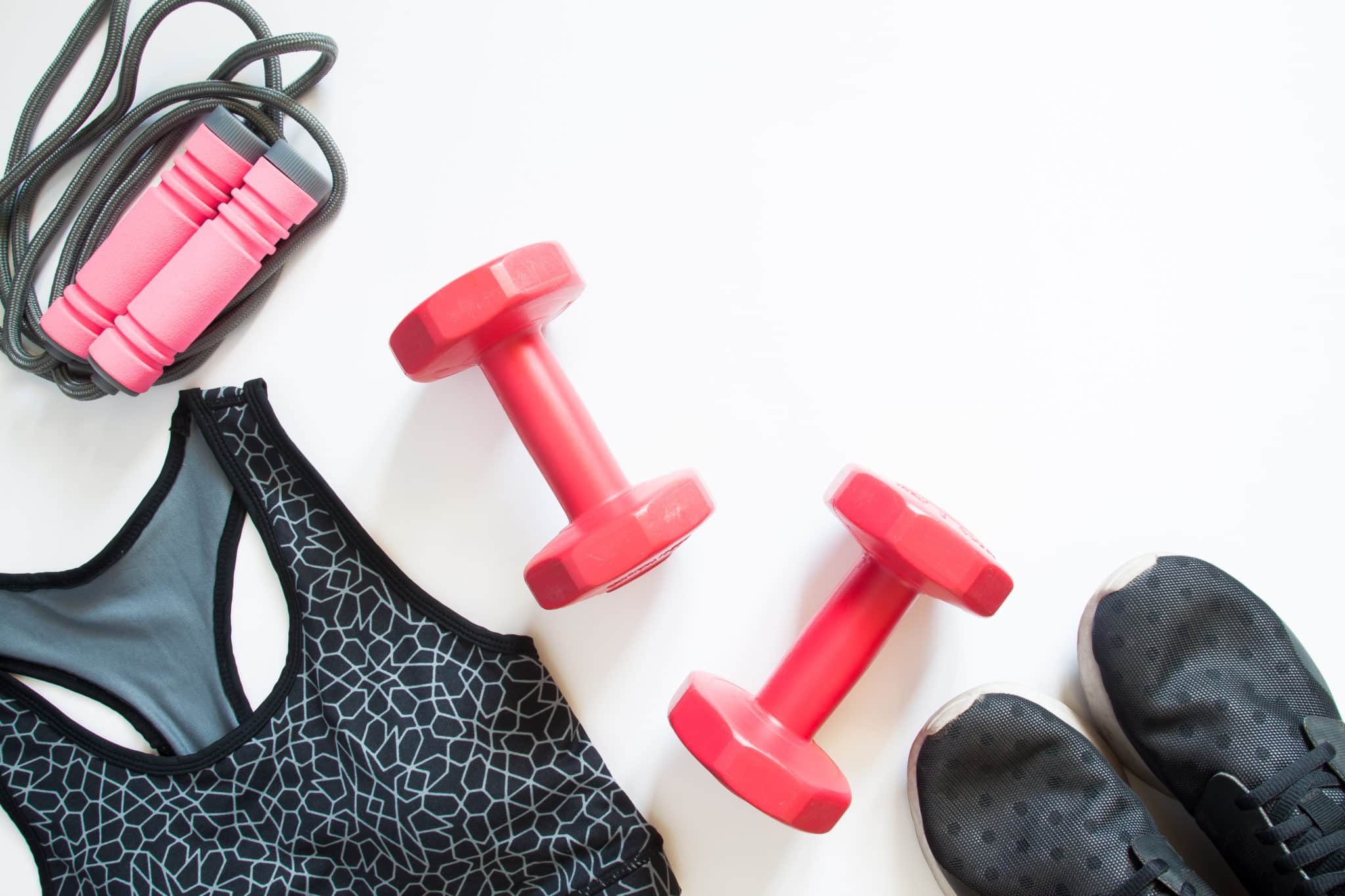 Photo Credit: Shutterstock
Photo Credit: Shutterstock
Incorporate strength training exercises into your routine. Building muscle mass can boost your metabolism and help with weight loss. Start with bodyweight exercises and gradually introduce light weights.
8. Be Mindful of Your Body  Photo Credit: Shutterstock
Photo Credit: Shutterstock
Listen to your body. If you experience pain (not to be confused with the usual discomfort of exercise), it’s a sign to stop and rest. Pushing yourself too hard, especially in the beginning, can lead to injuries.
9. Track Your Progress 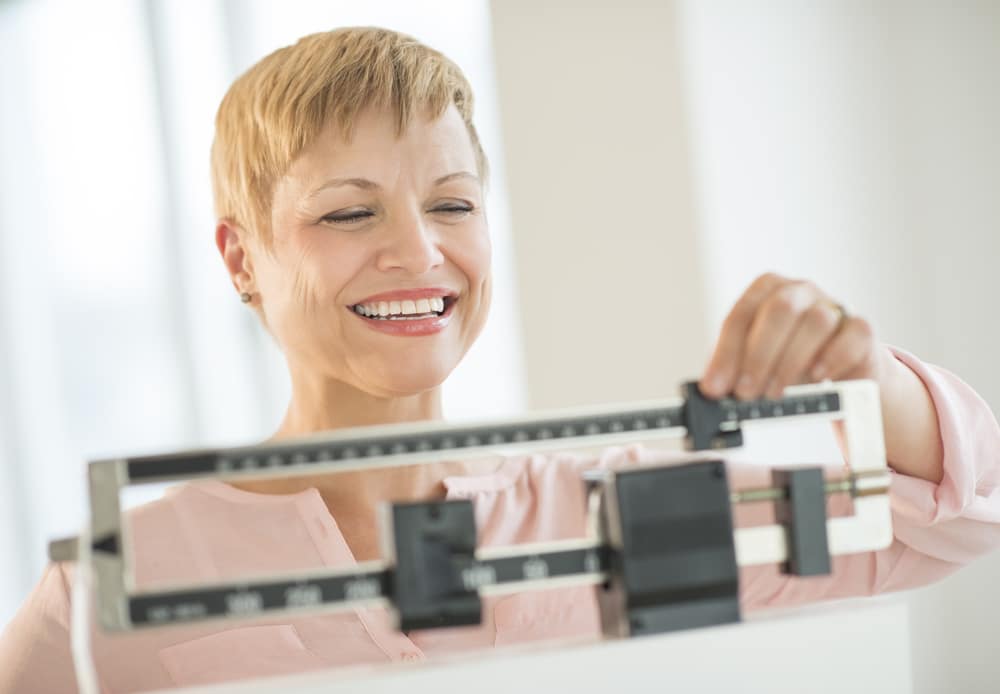 Photo Credit: Shutterstock
Photo Credit: Shutterstock
Keep a record of your workouts. Tracking your progress, whether it’s the number of steps, minutes of activity, or your strength training routine, can be motivating and help you stay on course!
10. Be Patient and Persistent  Photo Credit: Depositphotos
Photo Credit: Depositphotos
Understand that progress may be slow, and setbacks might happen. Stay persistent and be patient with yourself.
Celebrate your achievements, no matter how small they may seem. You didn’t gain the weight overnight, and you won’t lose it overnight, either. You’re in it for the long haul, and you’ll get there!
11. Stay Hydrated and Well-Rested  Photo Credit: Shutterstock
Photo Credit: Shutterstock
Drink plenty of water, especially when exercising. Also, ensure you get enough sleep, as rest is crucial for your body’s recovery and overall well-being.
12. Consider Professional Guidance 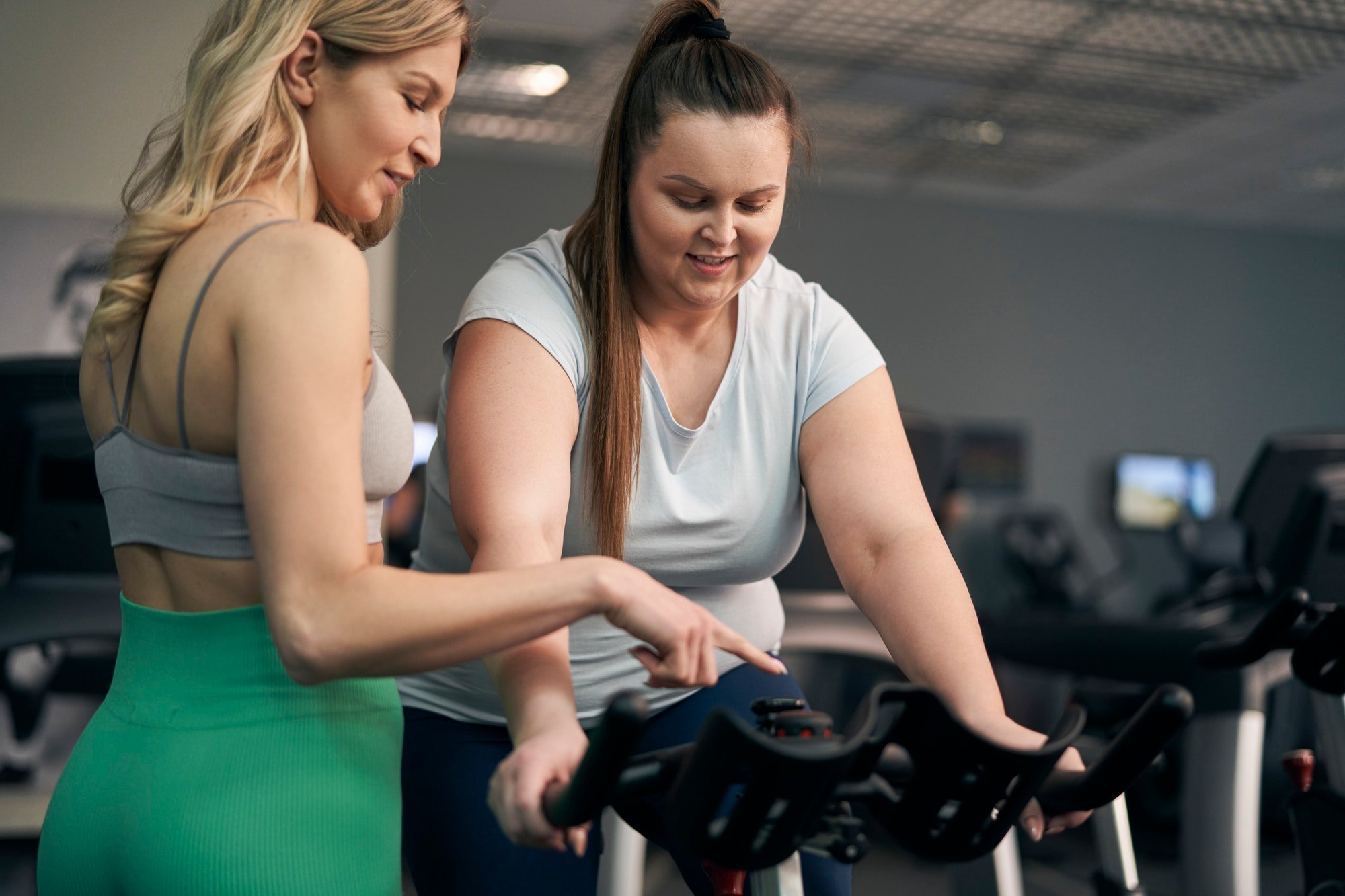 Photo Credit: Depositphotos
Photo Credit: Depositphotos
If possible, work with a certified fitness trainer experienced in working with individuals who are obese. You can also join an online program with beginner exercise programs that are well-instructed.
Remember, the key is to make sustainable changes to your lifestyle. Small, consistent efforts over time can lead to significant improvements in your health and fitness!
Walking For Weight Loss | Your 14-Day Plan 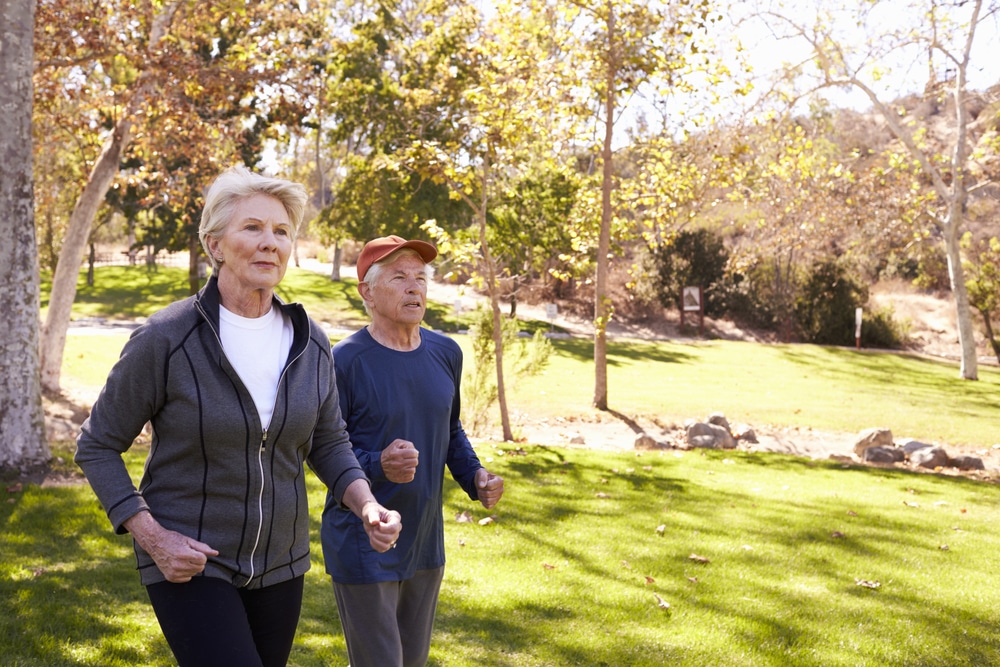 Photo Credit: Shutterstock
Photo Credit: Shutterstock
Guess what—walking works! Study after study proves that people who walk regularly stay more youthful, stronger, and happier in old age. To get started, try my free 14-day challenge and get walking for a weight loss plan.
Whether you like to walk on a machine, around your workplace, or in your neighborhood, walking can and should easily be incorporated into your daily life!
Walking For Weight Loss | Your 14-Day Plan
The Best Core Exercises for Seniors 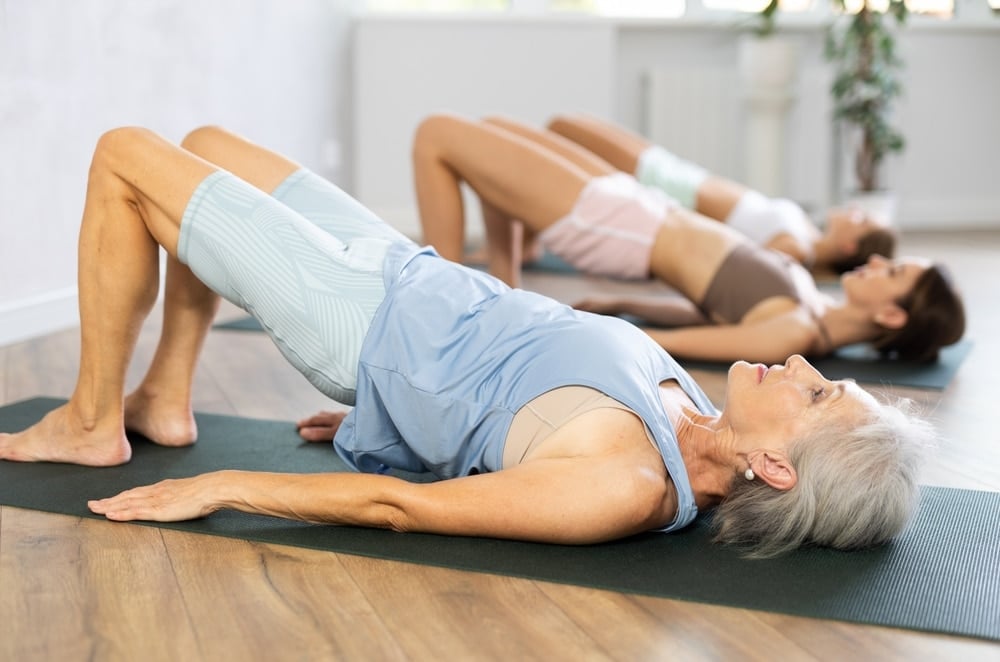 Photo Credit: Shutterstock
Photo Credit: Shutterstock
Ab workouts aren’t limited to athletes and the under-30 crowd!
As a matter of fact, seniors rank as one of the top groups who should be doing core strengthening exercises regularly because targeting your midsection with exercises that sculpt and strengthen is key to staying healthy and active.
The Best Core Exercises for Seniors
Yoga For Beginners | A Complete Guide To Get Started 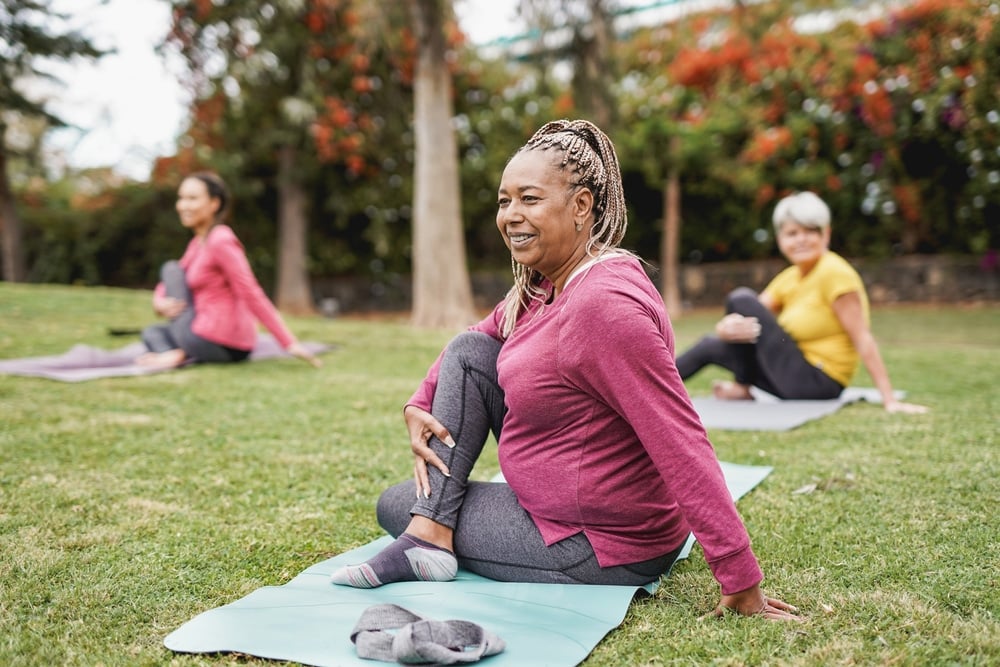 Photo Credit: Shutterstock
Photo Credit: Shutterstock
If you’ve wanted to begin yoga but don’t know where to start, have no fear! This yoga for beginners guide has everything you need to succeed.
Learn the different types and benefits of yoga, as well as guidance on how to get started and choose the practice that works best for you!
Yoga For Beginners | A Complete Guide To Get Started
body {
font-family: Arial, sans-serif;
line-height: 1.6;
margin: 20px;
}
h1 {
font-size: 28px;
font-weight: bold;
margin-bottom: 20px;
}
h2 {
font-size: 24px;
font-weight: bold;
margin-bottom: 15px;
}
p {
margin-bottom: 15px;
}
12 Effective Ways for Older Adults Struggling with Obesity to Kickstart Their Fitness Journey
1. Consult with a Healthcare Professional
If you’re an older adult struggling with obesity and looking to start your fitness journey, it’s crucial to consult with a healthcare professional. They can assess your overall health, provide guidance tailored to your specific needs, and ensure you engage in safe and effective exercises.
2. Start Slow and Gradually Increase Intensity
Begin your fitness journey by starting slow and gradually increasing the intensity of your workouts. This approach helps prevent injuries and allows your body to adapt to the new physical demands.
3. Incorporate Cardiovascular Exercises
Cardiovascular exercises are excellent for burning calories and improving heart health. Engage in activities such as brisk walking, swimming, cycling, or low-impact aerobics. Aim for at least 150 minutes of moderate-intensity cardio per week.
4. Strength Training is Key
Include strength training exercises in your fitness routine to build muscle mass and increase metabolism. Use resistance bands, dumbbells, or weight machines to perform exercises targeting major muscle groups. Remember to start with lighter weights and gradually progress.
5. Find Enjoyable Activities
Choose physical activities that you enjoy to make your fitness journey more enjoyable and sustainable. It could be dancing, gardening, playing a sport, or even joining a local walking group. When you have fun, you’re more likely to stick with it.
6. Prioritize Flexibility and Balance
As an older adult, it’s important to focus on flexibility and balance exercises to maintain joint mobility and prevent falls. Incorporate activities like yoga, tai chi, or stretching routines into your routine for improved overall function.
7. Set Realistic Goals
Set realistic goals that are attainable within your current fitness level. Start with small milestones and celebrate your achievements along the way. This approach will help you stay motivated and maintain a positive mindset throughout your fitness journey.
8. Maintain a Healthy Diet
Remember that exercise alone won’t be enough to combat obesity. Adopting a healthy diet is equally important. Focus on consuming nutrient-dense foods, such as fruits, vegetables, lean proteins, whole grains, and healthy fats. Limit processed foods and sugary beverages.
9. Stay Hydrated
Proper hydration is essential for overall health and aids in weight management. Drink an adequate amount of water throughout the day, especially during and after exercise. Stay mindful of your body’s hydration needs.
10. Get Sufficient Rest
Ensure you get enough rest and sleep to allow your body to recover and rejuvenate. Quality sleep promotes better overall health, supports weight management, and enhances energy levels for your fitness activities.
11. Seek Support and Accountability
Enlist the support of friends, family, or a fitness buddy to keep you motivated and accountable. Joining fitness classes or hiring a personal trainer can also provide the guidance and encouragement you need to stay on track.
12. Monitor Progress and Adjust Accordingly
Regularly monitor your progress by tracking your workouts, weight, and measurements. Adjust your fitness routine or dietary habits as needed to continue challenging yourself and breaking through plateaus.
Embarking on a fitness journey as an older adult struggling with obesity may seem daunting, but with the right approach and determination, you can make significant progress towards a healthier lifestyle. Remember to listen to your body, be consistent, and celebrate every milestone achieved along the way.








